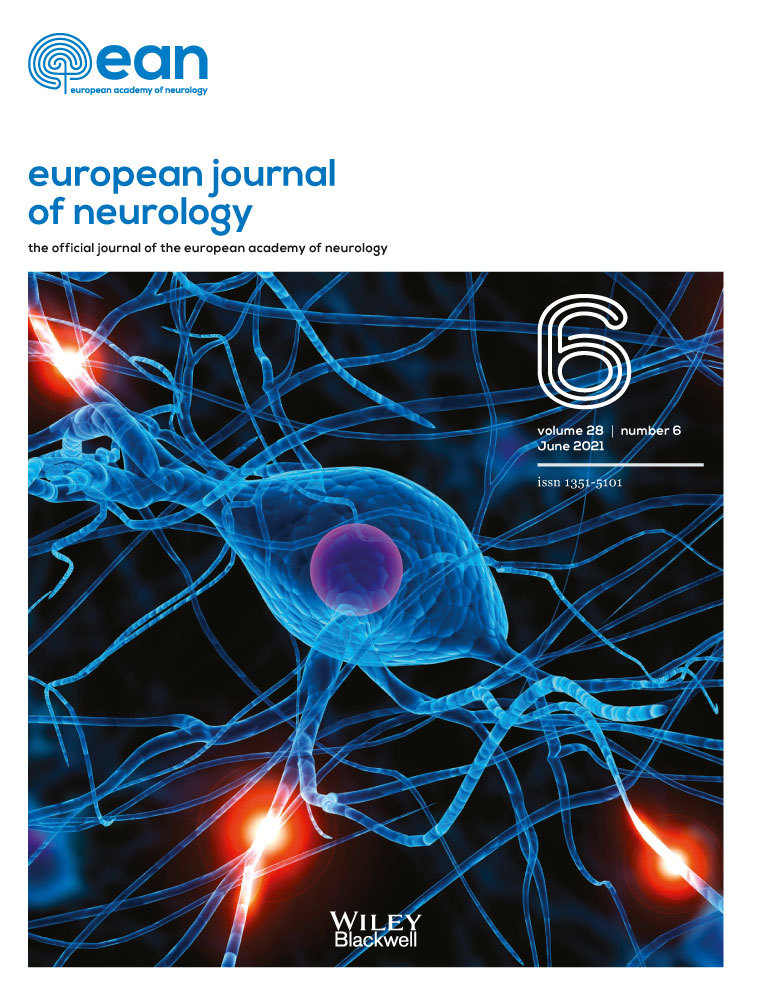Alterations of brain network topology and structural connectivity-functional connectivity coupling in capsular versus pontine stroke
Huiyou Chen and Wen Geng contributed equally to this work.
Abstract
Background and purpose
This study was conducted to investigate whether capsular stroke (CS) and pontine stroke (PS) have different topological alterations of structural connectivity (SC) and functional connectivity (FC), as well as correlations of SC-FC coupling with movement assessment scores.
Methods
Resting-state functional magnetic resonance imaging and diffusion tensor imaging were prospectively acquired in 46 patients with CS, 36 with PS, and 29 healthy controls (HCs). Graph theoretical network analyses of SC and FC were performed. Patients with left and right lesions were analyzed separately.
Results
With regard to FC, the PS and CS groups both showed higher local efficiency than the HCs, and the CS group also had a higher clustering coefficient (Cp) than the HCs in the right lesion analysis. With regard to SC, the PS and CS groups both showed different normalized clustering coefficient (γ), small-worldness (σ), and characteristic path length (Lp) compared with the HC group. Additionally, the CS group showed higher normalized characteristic path length (λ) and a lower Cp than the HCs and the PS group showed higher λ and lower global efficiency than the HCs in the right-lesion analysis. However, γ, σ, Cp and Lp were only significantly different in the PS and CS groups compared with the HC group in the right-lesion analysis. Importantly, the CS group was found to have a weaker SC-FC coupling than the PS group and the HC group in the right-lesion analysis. In addition, both patient groups had weaker structural-functional connectome correlation than the HCs.
Conclusions
The CS and PS groups both showed FC and SC disruption and the CS group had a weaker SC-FC coupling than the PS group in the right lesion analysis. This may provide useful information for individualized rehabilitative strategies.
CONFLICTS OF INTEREST
The authors declare that there are no potential conflicts of interest regarding the publication of this paper.
Open Research
DATA AVAILABILITY STATEMENT
The data that support the findings of this study are available on request from the corresponding author. The data are not publicly available due to privacy or ethical restrictions.




